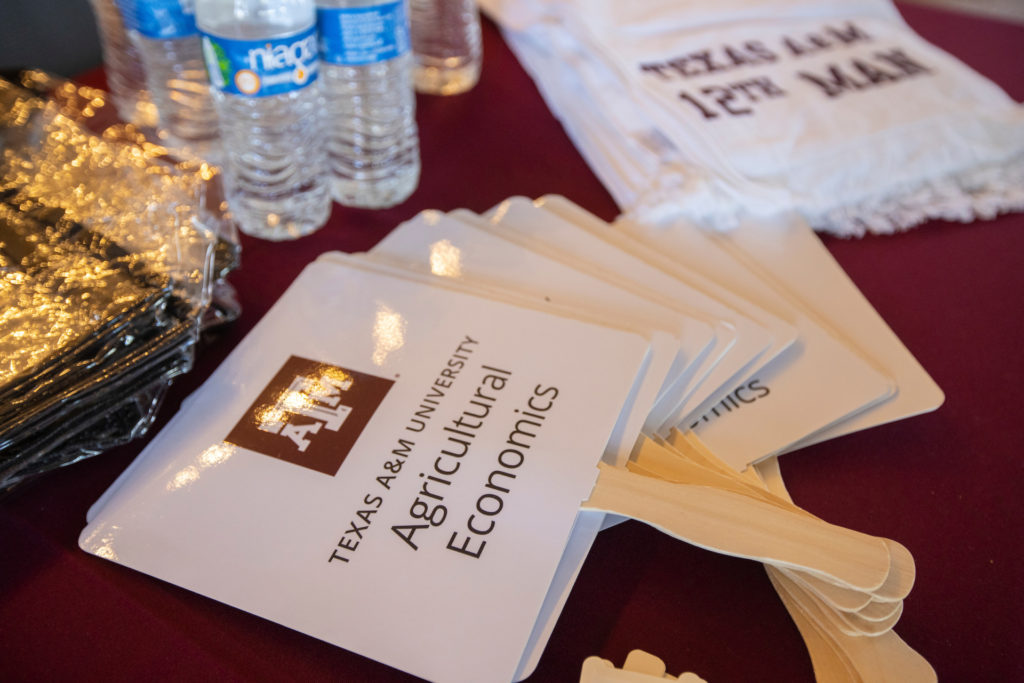Department of Agricultural Economics master’s, doctorate programs now STEM
Classification change to benefit student body, learning experience, employment opportunities
The Department of Agricultural Economics in the Texas A&M College of Agriculture and Life Sciences has received Texas Higher Education Coordinating Board approval to change the Classification of Instructional Programs, CIP, code for its master’s and doctorate degree programs.

The CIP code now classifies the program as STEM — science, technology, mathematics and engineering.
This change enhances student recruitment and expands placement opportunities for Texas A&M agricultural economics students, said Rodolfo Nayga, head of the Department of Agricultural Economics.
Nayga said the reclassification is a more accurate reflection of the current course content.
“Our discipline has evolved to the point that our training is highly quantitative and econometrically involved,” Nayga said. “There are several methodological courses in the program that focus on those matters more than more advanced courses that use quantitative and econometric methods to carry out economic analysis.”
About the CIP code
CIP codes are a national classification system to describe and order degree programs.
The U.S. Department of Education established the administrative system and organizational blueprint to categorize and track academic programs in American higher education.
Texas CIP codes are used to identify degree and certificate programs, courses and declared majors on the reports and inventories of the Texas Higher Education Coordinating Board. A CIP code specific to Texas includes a brief description of the instructional content.
Benefits of the CIP code change
The coding change, which was effective Oct. 24, will benefit the programs in several ways.
“The competitive standing of graduates from our programs would be improved by this CIP change, as it would make the program graduates eligible for positions now being taken by similarly trained graduates from other universities,” Nayga said.
He said the change in the classification will allow the department to attract a stronger body of incoming students.
“That stronger student body will, in turn, improve learning experiences for all,” he said.
He said the resulting expanded placement opportunities from the STEM classification also will improve the department’s student placement record and raise the program’s standing in related professions.
“We have found that once our graduates gain employment in new settings, they tend to impress employers and widen the job possibilities for subsequent students,” Nayga said. “This change also benefits the university by improving its record of placements in highly analytical STEM positions.”
The change would also allow master’s and doctoral students to compete for STEM funding and expand their job market prospects.
The reclassification will also allow for a 24-month extension of Optional Practical Training, OPT, which is temporary employment for practical training directly related to an international student’s major area of study. While the maximum duration for OPT is 12 months, students legally in the U.S. — with benefits and restrictions specified in the immigration regulations for their F-1 visa — who obtain a STEM degree are eligible to apply for this extension that allows for a total of three years of employment.
Descriptions for National CIP codes may be found at http://nces.ed.gov/ipeds/cipcode/.


